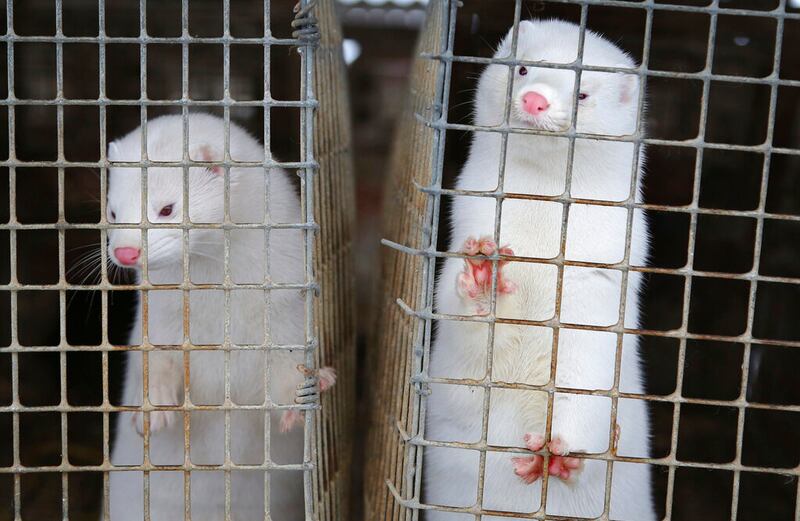On Monday, the Centers for Disease Control and Prevention confirmed that four mink-to-human cases of COVID-19 were reported in the U.S.
Where did the outbreak take place? Two of the cases were traced to a mink farm in Michigan in October 2020. The other two cases were unrelated to the farm, suggesting that mink-to-human spread was likely happening throughout the community, according to The New York Times.
- This is the first known animal-to-human transmission of the virus in the United States, according to the Detroit Free Press.
- The CDC also reported that the same variant has been found in a mink near a farm in Utah.
- Previous cases of the mink-to-human variant have also been recorded in parts of Europe, according to the CDC.
Delay in reporting: National Geographic states that the CDC knew of the infections for some time before updating its website.
- “Coronavirus researchers say the delay in publicly sharing this suspected spillover event may have hindered their ability to effectively monitor the spread of the SARS-CoV-2 virus, which experts warn could take hold in another species, mutate, and then jump back to humans as a more dangerous or transmissible variant,” according to National Geographic.
Should we be worried about mink infections? It is unlikely that this variant will play a significant role in the spread of COVID-19, given that animal-to-human transmission of the virus is not very common, the CDC stated.
- “While Michigan’s cases are the only known animal-connected COVID-19 cases in the U.S., there could be other cases that have gone unreported, as the country is not actively testing for such outbreaks,” reported the Detroit Free Press.

